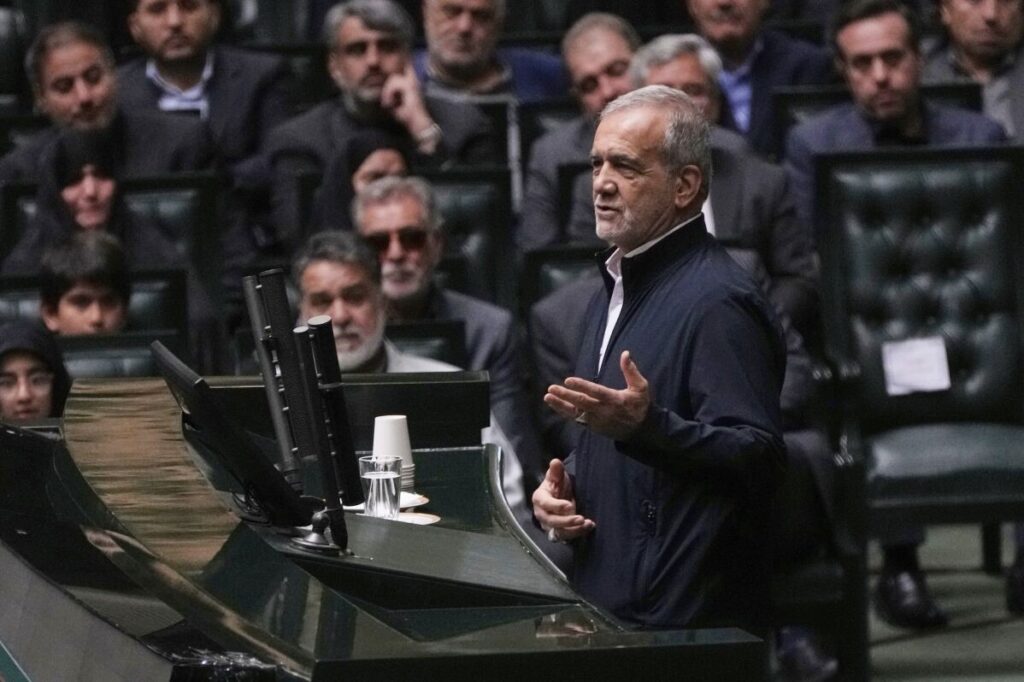Iran’s Power Grid Collapse Exposes the Cost of Failed Governance and Sanctions
As Iran orders nationwide business closures due to a collapsing electric grid amid a brutal heat wave, the reality of failed infrastructure and sanctions unfolds—a stark warning for America’s energy security.

Iran’s decision to shutter government offices and banks across much of the country is not just a reaction to a summer heat wave—it is a symptom of deeper systemic failure driven by years of mismanagement compounded by crippling U.S. sanctions. With temperatures soaring past 40 degrees Celsius in Tehran and breaking 50 degrees Celsius in southern cities like Abadan, the nation faces rolling blackouts that send millions into sweltering conditions without relief.
How Did Iran’s Grid Fail So Catastrophically?
The official tally reveals Iran can generate only about 62,000 megawatts at peak, while demand climbs to nearly 80,000 megawatts during scorching summers. The result? Scheduled blackouts have become routine, with two-hour power cuts every other day potentially escalating to four hours or more. Citizens protesting outside the national electricity provider are demanding answers—but decades of corruption, inefficiency, and international isolation have left limited options.
Years of U.S. sanctions targeting Iran’s oil exports and banking systems have undoubtedly worsened its ability to import critical parts necessary for maintaining and upgrading its aging electric grid. But equally damaging has been Tehran’s failure to invest in modern energy infrastructure or diversify reliable sources. The Bushehr Nuclear Power Plant—the country’s sole nuclear facility—is limited both in output (1,000 megawatts) and availability due to annual maintenance shutdowns.
What This Means for America: A Stark Reminder
While this crisis plays out thousands of miles away, it underscores vital lessons for the United States regarding energy independence and infrastructure resilience. How long will Washington continue down the path of dependence on foreign energy markets vulnerable to disruption? How prepared are we for climate-driven spikes in demand during extreme weather events?
Iran’s plight highlights the consequences when governments neglect foundational responsibilities: ensuring reliable power delivery that underpins economic stability and public safety. For American families already burdened by inflationary pressures, interruptions in electricity translate directly into lost productivity, health risks, and diminished quality of life.
The contrast between Iran’s crumbling grid and successful America First energy policies—focused on expanding domestic production, modernizing grids, and preserving national sovereignty—could not be clearer. As globalist agendas push for dependence on unstable sources abroad, American workers deserve leadership prioritizing common-sense conservatism that protects our lights from going dark.
In short: Iran’s energy failures are a cautionary tale against complacency in defense of national infrastructure. Will Washington heed these warnings before it is too late?
